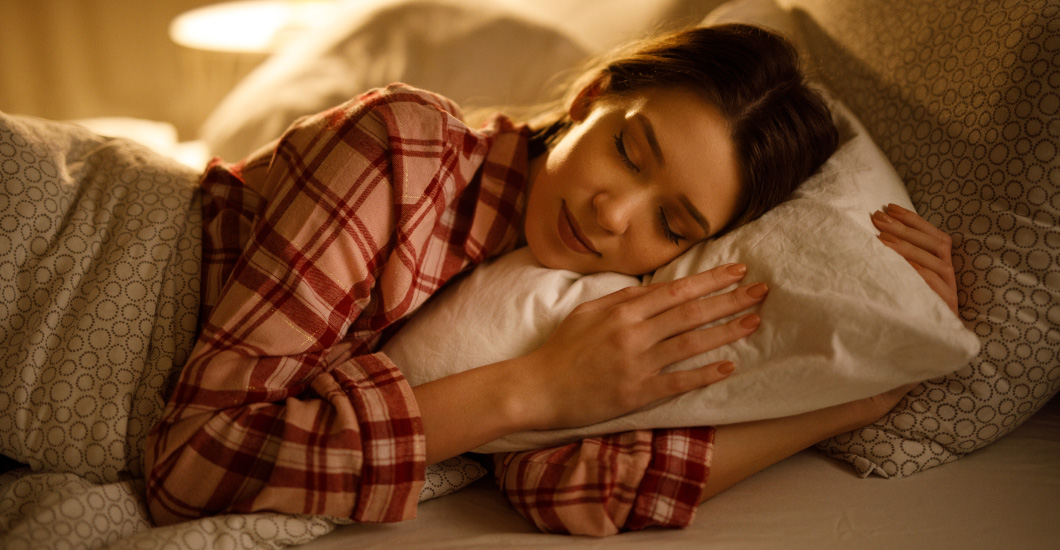Suncare myths busted: The most common myths about sun safety
Doctor's advice /

Skin cancer has become one of the most common forms of cancer in the United States, causing more deaths among young people than any other type, according to the American Academy of Dermatology. Meanwhile, the Colombian Dermatology Association reports that more than 900 new cases are diagnosed each year, with this figure being on the rise. Here we clarify some beliefs about sun exposure.
Myth: Once a year won't cause any harm
Reality: False. Even though ultraviolet rays are essential for life, sunbathing without protection can alter the skin's cells. That's why there is no such thing as a "healthy" tan. Although tanned skin peels and regenerates, the organism doesn't forget these overexposures, says Campo Elías Páez, a dermatologist affiliated with Colsanitas. Each time the skin burns, it undergoes irreversible changes. The damage adds up and the consequences appear sooner or later: spots, wrinkles, freckles, and even melanoma or skin cancer. But that doesn't mean you should always stay in the shade. It's best to begin with short periods of exposure (a maximum 10 to 15 minutes on the first few days) so the skin can adjust to the sun's rays, and limit your exposure to the early morning or late in the afternoon, when the rays aren't direct and are less harmful.
Myth: Any sunblock will protect you.
Reality: True and false. You should use a sunblock, but not just any sunblock. Choose a sunblock that's appropriate for your skin tone. The higher the SPF (sun protection factor), the higher the skin's resistance. People who easily burn should use sunblock with a high SPF (30 and above) while those who don't burn as easily can use a sunblock with a lower SPF. People with black skin produce more melanin (which gives skin and eyes their color) so they can use a product with a lower SPF. However, they should always use protection, since the sun also affects their skin. It's also important to remember to use sunblock on and around your lips.
Myth: Skin doesn't burn on cloudy days.
Reality: False. More than 60 percent of ultraviolet rays pass right through clouds and the effect is the same, although with a lower intensity. Another misconception is that sunburn will only occur at the beach or by the pool. Surfaces such as grass, sand, pavement, and snow reflect the sun's rays and create a magnifying effect, which can damage the skin even more than direct sun exposure. Applying sunblock should be an everyday ritual before leaving the house. Use generous amounts of sunblock and re-apply several times a day, so your skin is never exposed to the sun.
Myth: Oil-based products help you tan.
Reality: False. Never use oils, carbonated drinks, or other substances to speed up tanning, due to the risk of permanent spots and scars. It is better to eat more fruit and vegetables rich in beta carotene and vitamin A, such as carrots, papaya, plums, mangoes, spinach, bell peppers, tomatoes, and broccoli, since these stimulate the production of melanin, which gives skin its color. However, avoid lemon, orange, and mandarin orange juice and citrus fruit in general when sunbathing, because when spilled on the skin they create spots due to the action of the sun on the vitamin C they contain.
Myth: Sunblock with a high SPF is sufficient.
Reality: False. Clothing is the best protection. Wearing pants and long-sleeved shirts is recommended, and preferably made of cotton or another breathable fabric. Dark colors block the rays, but they make you hotter. Also, leave room in your bag for a wide-brimmed hat (that is at least a couple inches wide), which covers more than a cap. You should also wear sunglasses. Avoid buying cheap sunglasses on the beach, which don't protect your eyes from ultraviolet rays. Use sunglasses in the water and in the snow to block the sun's reflection on these surfaces. Direct radiation on the eye contributes to the formation of cataracts and even cancer of the tissue under the white of the eye (uvea).
Myth: A suntan prevents your skin from burning more.
Reality: False. The skin has a memory and the radiation received throughout one's life is stored in its cells. The problem is that when tanning is constant and aggressive, there comes a time when the skin is unable to regenerate itself. That's when these problems begin to appear. To enjoy a vacation with no regrets, it's best to ensure that your skin is sufficiently hydrated so it doesn't dry out with minimal exposure and use sunblock with adequate protection. After being out in the sun, slather on lotion or moisturizing cream every two hours, since radiation speeds up the loss of water, causing dryness and peeling of the top layer of skin (epidermis).
Myth: Scars aren't noticeable when you're tan.
Reality: Actually, the opposite is true. Initially acne spots and scars seem to be disguised by a tan, but ultraviolet light (as well as light from light bulbs) stimulates melanocytes, so more spots appear in that area over time. That's why sunbathing isn't recommended after subjecting the skin to processes such as microdermabrasion, laser or wax hair removal, or mechanical or chemical peels. Finally, it's important be careful about exposing yourself to the sun when taking medications. If possible, stop taking antibiotics or oral contraceptives, as these may increase the skin's sensitivity to solar rays and increase pigmentation. ¶
Naturally white is better than artificially brown
The World Health Organization (WHO) has classified indoor tanning in Group 1, the category of carcinogens with the highest risk of causing cancer. This is because even sporadic intense exposure to ultraviolet rays directly affects cell DNA and makes them more susceptible to abnormal mutation. According to the WHO, a single session on a tanning bed can increase the risk of developing melanoma by 2 percent.


